i3S project selected to CaixaImpulse
With the objective of creating a gene therapy for human spinal cord injuries, the proposal led by i3S researcher Diana Machado was one of the 23 biomedical research and innovation projects funded by the program CaixaImpulse, from the “la Caixa” Foundation. Awarded in the CaixaImpulse Validate category, which aims to support projects in their technology transfer process, this work will receive support up to 100 thousand euros.
Every year between 250,000 and 500,000 people around the world suffer a spinal cord injury. Patients may experience a wide variety of disabling symptoms such as loss of motor function, loss of sphincter control, and an inability to regulate blood pressure. To date, explains Diana Machado, “There are no effective treatments, because spinal nerves cannot regenerate. However, our group identified a protein that enhances neuronal regeneration after an injury to the sciatic nerve and spinal cord. Our aim is precisely to take advantage of this knowledge and develop it to create a gene therapy that can be used in situations of human spinal cord injuries”.
Specifically, adds the researcher from the Nerve Regeneration group, this work “focuses on the use of a modified version of the protein profilin-1, which we have found to be a potent inducer of axonal growth, to induce regeneration after spinal cord injuries. Profilin-1 is present in cells and regulates cytoskeletal dynamics processes, and aroused great interest when it was found to be able to promote axonal growth in animal models”.
Right now the i3S team is analyzing the effects of administering the mutated form of the protein to animals with spinal cord injuries in an acute and chronic post-injury period. Mónica Sousa, who leads the research group, adds that “the administration of the mutant form of the protein is done by introducing the sequence that encodes it into a viral vector (an adeno-associated virus), which after intravenous injection allows neurons to express a greater amount of active profilin-1”.
“If it turns out that after a spinal cord injury profilin-1 induces an increase in nerve regeneration and can improve recovery, this therapy has great clinical potential”, highlights Mónica Sousa.
“The funding we received from the CaixaImpulse program”, adds Diana Machado, “will allow us to continue our work, testing various periods of therapy administration, duration of its effectiveness and toxicity of profilin-1 in order to enter into clinical trials and license therapy”.

